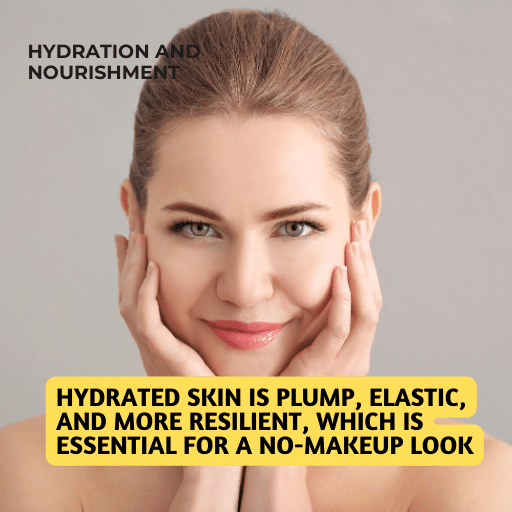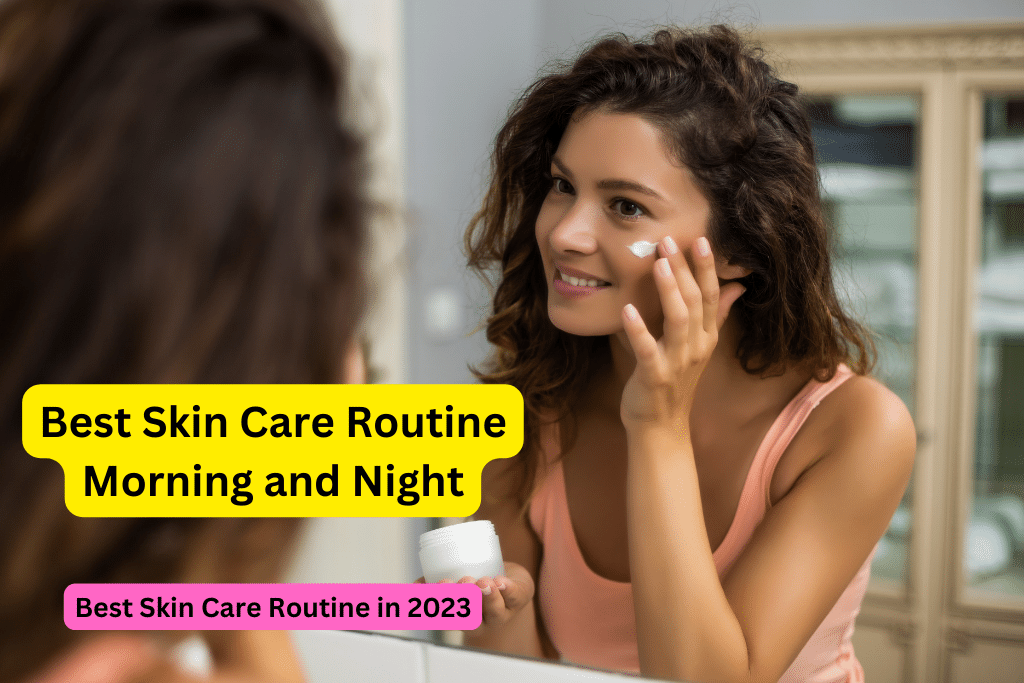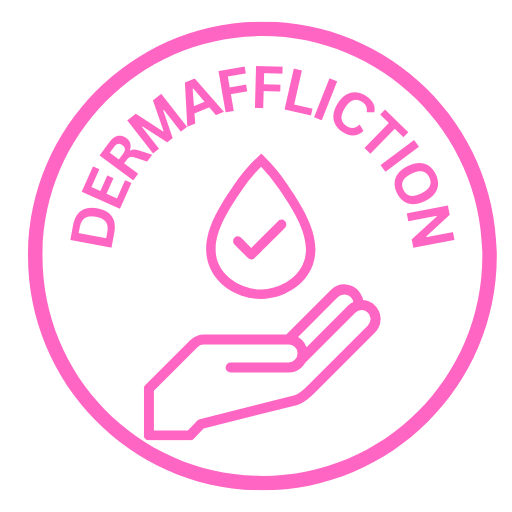
Best Skin Care Routine in 2023
In an era where self-care and wellness have taken center stage, understanding and implementing the Best Skin Care Routine in 2023 is more critical than ever. With the vast array of products and regimens available, navigating through what works best for your skin type can seem like a daunting task. However, 2023 has brought forth innovative approaches and products that have simplified achieving clear, radiant skin.
This comprehensive guide is designed to demystify skin care routines, offering tailored advice for various skin types and concerns. Whether you’re looking to revamp your current regimen or starting from scratch, this article is a must-read. Delving into the latest trends, including Korean beauty rituals and dermatologist-recommended practices, we’ll explore routines suited for every decade of life, from your 30s to your 40s and beyond. Discover the most popular skincare products of 2023 and learn how to craft a routine that aligns with your skin’s unique needs, ensuring you step out confidently, with or without makeup.
What Is the Best Skin Care Routine for Clear Skin?
Achieving clear skin is a common goal for many, but the path to it involves a harmonious blend of consistency, the right products, and understanding your skin’s unique needs. The cornerstone of any effective skin care routine includes cleansing, toning, moisturizing, and sun protection. For clear skin, it’s vital to incorporate exfoliation into your regimen to remove dead skin cells and promote cell turnover.
Achieving clear skin is a coveted goal for many, rooted in a regimen that balances simplicity with efficacy. The best skin care routine for clear skin hinges on four foundational pillars: cleansing, treating, moisturizing, and protecting. This framework is designed to maintain the skin’s health, address concerns at their root, and protect the skin from external aggressors. Here’s a detailed breakdown of each step and recommended practices:
1. Cleansing
- Purpose: The first step, cleansing, is crucial for removing accumulated dirt, oil, makeup, and dead skin cells, thereby preventing clogged pores and breakouts.
- Recommendation: Opt for a gentle, non-drying cleanser suitable for your skin type. Use lukewarm water to wash your face twice daily, in the morning and at night, to maintain a clean base for subsequent products.
2. Treating
- Purpose: Treatment focuses on targeting specific skin concerns such as acne, hyperpigmentation, or uneven texture. This step is where active ingredients come into play.
- Recommendation: Incorporate products with active ingredients tailored to your concerns. For acne-prone skin, look for salicylic acid or benzoyl peroxide. For texture and pigmentation issues, consider serums with retinol, glycolic acid, or vitamin C. Apply treatments only as needed to avoid overloading the skin.
3. Moisturizing

- Purpose: Moisturizing is essential for all skin types, including oily and acne-prone skin. It helps to hydrate and fortify the skin’s barrier, preventing irritation and excessive oil production.
- Recommendation: Choose a moisturizer that suits your skin type. Gel-based moisturizers work well for oily skin, while creams are better for dry skin. Look for non-comedogenic formulas to avoid clogging pores.
4. Protecting
- Purpose: Sun protection is the final yet most crucial step in preventing premature aging and maintaining clear, healthy skin.
- Recommendation: Use a broad-spectrum SPF of 30 or higher every day, even when it’s cloudy. Sunscreen not only prevents sun damage but also protects against the exacerbation of existing skin concerns, like dark spots and redness.
Additional Tips:
- Regular Exfoliation: Incorporating a gentle exfoliant 1-2 times a week can help remove dead skin cells, promoting a clearer, smoother complexion.
- Hydration: Drinking plenty of water and maintaining a healthy diet rich in antioxidants can support skin health from the inside out.
- Consistency is Key: Adherence to your routine is crucial. Regularity in application allows the active ingredients more time to work effectively.
- Patience: Remember, achieving clear skin doesn’t happen overnight. It can take several weeks to notice improvements, so patience and consistency are vital.
Tailoring Your Routine:
Understanding your skin type and concerns is crucial in tailoring this routine to fit your needs. Not every product will suit everyone, and what works for one person may not work for another. Listening to your skin and adjusting your routine as needed is important for maintaining its health and clarity.
By following these guidelines and making informed choices about the products you use, you’re setting a solid foundation for achieving and maintaining clear skin. Remember, the journey to clear skin is a personal one, with its ups and downs, but with the right care and patience, it’s an attainable goal.
The Best Skin Care Routine for Dry Skin

Dry skin requires a routine that emphasizes hydration and barrier repair. Start with a gentle, hydrating cleanser that doesn’t strip your skin of its natural oils. Follow up with a toner or essence that is free from alcohol to avoid further drying out your skin. When it comes to moisturizing, look for products rich in ceramides, fatty acids, and glycerin, which help to repair the skin’s natural barrier and lock in moisture.
For individuals grappling with dry skin, crafting an optimal skin care routine is pivotal for restoring hydration, bolstering the skin’s barrier, and achieving a healthy, radiant complexion. Dry skin is characterized by a lack of moisture in the outer layer of the skin, leading to tightness, flakiness, and sometimes irritation. An effective routine for dry skin focuses on gentle cleansing, intensive hydration, moisture retention, and barrier repair. Here’s how to establish a skin care regimen tailored for dry skin:
1. Gentle Cleansing
- Purpose: The aim is to cleanse the skin without stripping it of its natural oils, which are crucial for maintaining moisture.
- Recommendation: Opt for cream or lotion-based cleansers that are formulated without harsh surfactants. Cleansing once a day in the evening may suffice for very dry skin, as over-cleansing can exacerbate dryness. In the morning, a simple rinse with water or using micellar water can refresh the skin without removing essential moisture.
2. Deep Hydration

- Purpose: Immediately after cleansing, it’s essential to reintroduce moisture to the skin to prevent tightness and dehydration.
- Recommendation: Apply a hydrating toner or essence rich in humectants such as hyaluronic acid or glycerin. These ingredients draw moisture into the skin, providing a base layer of hydration.
3. Moisture Retention
- Purpose: To lock in the hydration from the previous step and prevent moisture loss throughout the day or night.
- Recommendation: Use a thick, emollient moisturizer that contains ingredients like ceramides, fatty acids, and cholesterol. These components mimic the skin’s natural lipid barrier, reinforcing its defense against environmental stressors and moisture loss. For daytime, consider a lighter formula that absorbs well and doesn’t leave a greasy residue.
4. Barrier Repair
- Purpose: Strengthening the skin’s barrier is critical for maintaining hydration and protecting against irritants.
- Recommendation: Incorporate products with niacinamide, which improves the skin’s elasticity and increases ceramide levels, aiding in barrier repair. Evening is the best time to use treatments that focus on barrier repair, as this is when the skin is in its natural repair mode.
5. Sun Protection
- Purpose: UV exposure can further dry out the skin, making sun protection an indispensable part of the routine.
- Recommendation: Choose a moisturizing sunscreen with SPF 30 or higher for daily use. Look for sunscreens formulated for dry skin, which may include hydrating ingredients alongside UV filters.
Additional Tips for Dry Skin Care:
- Avoid Hot Water: Hot water can strip the skin of its natural oils. Use lukewarm water for cleansing and showering instead.
- Humidifier: Consider using a humidifier in dry environments or during winter to help maintain the skin’s moisture levels.
- Exfoliation: Limit exfoliation to once a week or less, and use a gentle, hydrating exfoliant to remove dead skin cells without causing irritation.
- Nighttime Treatments: At night, consider adding an oil-based serum or facial oil before your moisturizer to provide extra nourishment and repair.
Listening to Your Skin:
It’s essential to pay attention to how your skin responds to each product and step in your routine. Dry skin can vary widely from person to person, and factors like climate, diet, and water intake can all influence your skin’s needs. Adjust your routine as necessary, adding or subtracting products based on how your skin feels and reacts.
By adopting a skin care routine that emphasizes gentle cleansing, robust hydration, and barrier protection, individuals with dry skin can achieve a more supple, glowing complexion. Remember, the key to effective skin care is consistency and adjusting your regimen to cater to your skin’s changing needs.
Best Skin Care Routine for No Makeup

Embracing a no-makeup look starts with a solid skin care routine that focuses on enhancing your natural skin’s appearance. A gentle cleanser and regular exfoliation help to maintain a smooth, clear base. A vitamin C serum in the morning can brighten the skin and protect against environmental damage, while a retinol product at night can improve texture and tone.
Embracing a no-makeup look confidently requires a skin care routine that focuses on enhancing your skin’s natural beauty, targeting health and radiance from within. This approach simplifies beauty regimes, emphasizing skin vitality over concealment. A well-curated routine can lead to a clear, glowing complexion that feels as good as it looks, making makeup optional rather than a necessity. Here’s how to cultivate a skin care routine that supports a radiant, no-makeup appearance:
1. Gentle Cleansing
- Purpose: The foundation of any skin care routine, especially for a no-makeup look, is clean skin. This step removes impurities and excess oils without stripping the skin of its natural moisture.
- Recommendation: Opt for a gentle, pH-balanced cleanser suitable for your skin type. Consider a non-foaming formula if your skin is dry or sensitive, and a gel-based cleanser if you have oily or combination skin. Morning and night cleansing lays the groundwork for a healthy skin barrier.
2. Targeted Treatments
- Purpose: Address specific skin concerns such as dullness, uneven tone, texture, or blemishes with targeted treatments. These are your workhorses for improving skin appearance at a cellular level.
- Recommendation: Incorporate serums or treatments with active ingredients like vitamin C for brightening, hyaluronic acid for hydration, and niacinamide for reducing redness and pore size. For evening routines, consider retinoids to promote cell turnover and improve skin texture over time.
3. Hydration and Nourishment

- Purpose: Hydrated skin is plump, elastic, and more resilient, which is essential for a no-makeup look. Proper hydration and nourishment also help to minimize the appearance of fine lines and wrinkles.
- Recommendation: Use a lightweight, hydrating moisturizer during the day to maintain skin balance. Look for ingredients like glycerin, ceramides, and squalane. For night, a richer cream or overnight mask can provide deep hydration and restoration.
4. Sun Protection
- Purpose: Daily sun protection is crucial for preventing premature aging and protecting the skin from harmful UV rays, which can lead to discoloration and texture changes.
- Recommendation: Apply a broad-spectrum sunscreen with at least SPF 30 every morning, even on cloudy days. Consider a tinted sunscreen to subtly enhance skin tone while providing protection.
5. Consistent Exfoliation
- Purpose: Regular exfoliation removes dead skin cells, promoting a smoother, more radiant complexion. It also enhances the absorption and efficacy of other skin care products.
- Recommendation: Depending on your skin type and sensitivity, incorporate a gentle chemical exfoliant (like AHAs or BHAs) 1-2 times a week. This helps to keep the skin smooth and clear without the abrasive action of physical scrubs.
Additional Tips for a No-Makeup Routine:
- Lip Care: Don’t forget about your lips. Use a hydrating lip balm regularly, and exfoliate gently once a week to keep them soft and smooth.
- Eye Care: An eye cream can address concerns like dark circles or puffiness, enhancing your no-makeup look by keeping the eye area bright and hydrated.
- Healthy Lifestyle: Support your skin care routine with a balanced diet rich in antioxidants, adequate hydration, and sufficient sleep. These factors significantly impact your skin’s health and appearance.
- Patience and Consistency: Achieving and maintaining skin that looks great without makeup requires time and dedication. Be consistent with your routine and give products time to work.
Crafting a skin care routine for a no-makeup look centers on prioritizing skin health through cleansing, targeted treatments, hydration, and protection. By focusing on these essentials, you can enhance your skin’s natural glow and texture, making it possible to feel confident and beautiful without the need for makeup.
Best Skin Care Routine Morning and Night
A tailored morning and night routine can significantly impact your skin’s health and appearance. Mornings should focus on protection from the sun and pollution. Start with a gentle cleanser, followed by a vitamin C serum for antioxidant protection. Moisturize according to your skin type, and finish with a broad-spectrum sunscreen. Nighttime routines should aim at repair and rejuvenation.

Double-cleanse to remove makeup and pollutants. Use targeted treatments like retinol for anti-aging or niacinamide for brightening and reducing inflammation. A richer moisturizer can help to repair the skin barrier overnight.
How to Find the Best Skin Care Routine for Me
Finding the best skin care routine for you starts with understanding your skin type and concerns. Consultation with a dermatologist can provide personalized advice, especially for those with specific issues like acne, rosacea, or extreme sensitivity. Experimenting with products and noting your skin’s response over time is also key. Remember, consistency is more important than the number of steps in your routine.
Choose quality products that address your concerns, and give them time to work. Incorporating feedback from trusted sources and staying informed about new products and trends can also help in refining your routine.
Conclusion
Embarking on the journey to finding the best skin care routine in 2023 may seem overwhelming at first, but by breaking down the process into manageable steps and understanding the needs of your skin, it becomes much more achievable. From clear skin and dry skin solutions to routines that allow you to confidently wear no makeup, and tips for morning and night care, this guide aims to provide you with a comprehensive overview to help you make informed decisions.
Remember, the key to a successful skin care routine is consistency, patience, and choosing the right products for your unique skin needs.
FAQs
- What is the most popular skincare product in 2023?
- The most popular skincare products of 2023 include those that offer multifunctional benefits, such as serums that combine hydration, anti-aging, and brightening properties. Products containing ingredients like hyaluronic acid, niacinamide, and retinol continue to dominate due to their proven efficacy.
- How often should I change my skin care routine?
- Your skin care routine should be adjusted with changes in your skin condition, season, or age. However, it’s essential to give products enough time to work before making changes. Typically, reassessing your routine every 3-6 months is a good practice.
- Can a no-makeup look really improve my skin?
- Yes, embracing a no-makeup look can improve your skin’s health by allowing it to breathe and recover from the potential stresses caused by daily makeup application. However, the key is to maintain a diligent skincare routine to nurture and protect your skin.


